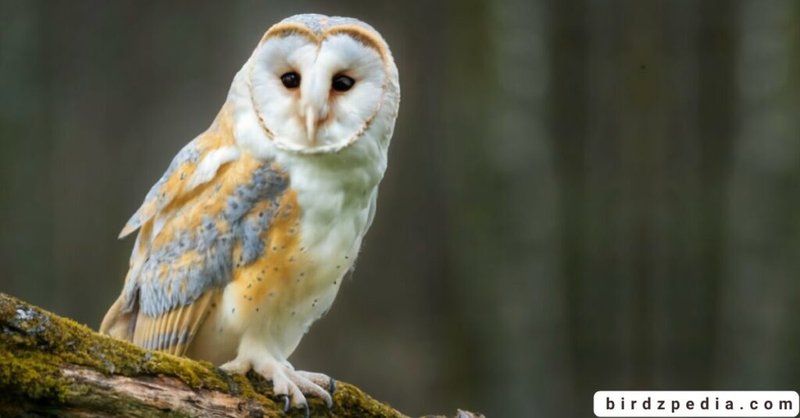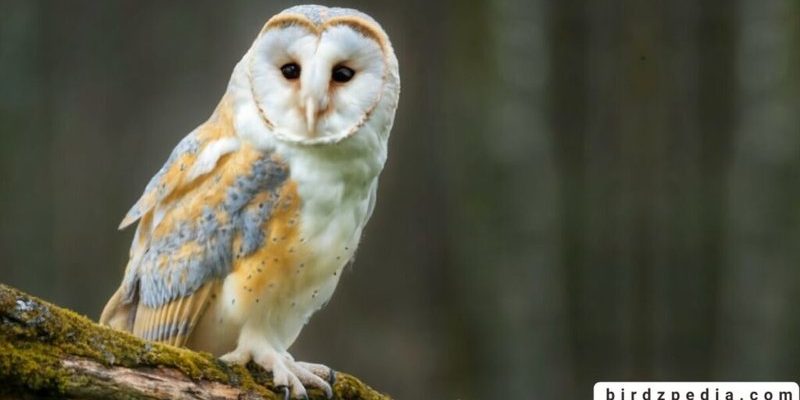
Just like the way we share stories around a campfire, cultures have passed down tales about the barn owl for generations. These stories often reflect local beliefs, values, and even fears. Some associate the barn owl with good fortune, while others might see it as a harbinger of doom. So, grab your favorite warm drink, and let’s explore how this fascinating bird has shaped folklore and local cultures around the world.
The Barn Owl in Ancient Cultures
In many ancient cultures, the barn owl was seen as a symbol of wisdom and knowledge. For instance, in Ancient Greece, the owl was linked to Athena, the goddess of wisdom. Although the species commonly associated with her was the little owl, barn owls also played a part in the broader symbolism of owls in general. The Greeks believed that owls could see the truth in the darkness, guiding people toward enlightenment.
In contrast, the Roman culture had a more mixed view of owls. Their presence was often linked to omens. While some Romans revered the barn owl for its hunting skills, others viewed its nocturnal habits as eerie, associating it with death and misfortune. This duality illustrates how the same creature can symbolize vastly different concepts, depending on the stories and beliefs of the people observing it.
Moreover, Native American tribes also had unique interpretations of the barn owl. For instance, the Hopi tribe viewed the barn owl as a protector of crops, believing its ability to hunt rodents helped maintain the balance in nature. This perspective highlights how the barn owl not only influenced spiritual beliefs but also played a practical role in the community’s survival.
Folklore and Superstitions
You might be wondering how the barn owl fits into popular stories and superstitions. Many cultures have rich folklore that revolves around barn owls, often depicting them as messengers between the earthly realm and the spirit world. In some European traditions, if a barn owl hooted outside your window, it was considered a sign of impending change—sometimes positive, other times negative.
Interestingly, in certain cultures, the presence of a barn owl in the wild was believed to bring good luck. For example, in parts of England, farmers would consider seeing a barn owl a sign that their fields would yield bountiful harvests. This belief highlights how deeply tied the barn owl is to agricultural practices and the rhythms of rural life.
On the flip side, some superstitions warned against provoking these mystical birds. Touching a barn owl or disturbing its nest was thought to bring misfortune. This reflects a broader theme found in many cultures: the idea that certain animals possess powers that should be respected and revered.
The Barn Owl in Literature and Art
From ancient times until today, the barn owl has inspired writers, poets, and artists. In literature, it often appears as a symbol of mystery, wisdom, or the supernatural. For instance, in Shakespeare’s works, owls are frequently mentioned, often embodying eerie and foreboding themes. The barn owl’s quiet demeanor adds to its mystique, making it a perfect subject for stories that explore life, death, and the unknown.
In visual arts, the barn owl’s striking features and haunting gaze have inspired countless paintings and sculptures. Artists often depict it in a way that emphasizes its ethereal beauty, using soft colors and contrasting light to highlight its ghostly form. This artistic fascination underscores how the barn owl transcends mere recognition as an animal; it symbolizes something deeper in the human psyche.
The connection between the barn owl and artistic expression isn’t just limited to Western culture. In many indigenous cultures around the world, the barn owl appears in totem designs and symbolism, reflecting its significance as both a spiritual guide and a guardian of the night.
Embodying Wisdom: The Barn Owl and Spirituality
In numerous cultures, the barn owl embodies spiritual themes, often representing transition and insight. For instance, in some African traditions, the barn owl is viewed as a bridge to ancestral spirits. When one appears, it is taken as a sign that the ancestors are communicating with the living, sharing wisdom or guidance.
Many spiritual practitioners also believe that the barn owl serves as a powerful totem. Those who resonate with this bird might see themselves as intuitive, possessing a strong connection to their inner wisdom. This belief aligns with the idea of the barn owl navigating through darkness and embodying the notion that true insight can often come from within.
Here’s the thing: the barn owl’s flight patterns, which are silent and graceful, also add to its mystical aura. Observing such a creature in its natural habitat can evoke feelings of awe and connection to something greater than ourselves. It’s as if the owl reminds us of the importance of looking beyond the surface to uncover hidden truths in our own lives.
Conservation Tales and the Barn Owl’s Modern Role
As we delve into the role of the barn owl in contemporary culture, it’s vital to acknowledge the ongoing conservation efforts. With habitat loss and declining prey populations, barn owls face challenges in many areas. Communities have started to recognize the importance of these birds, not just as symbols in folklore but as active participants in local ecosystems.
In various parts of the world, barn owl boxes are constructed to provide safe nesting sites. Farmers and landowners are encouraged to create environments where these birds can thrive. This shift highlights a growing awareness of the role that barn owls play in pest control, effectively reducing rodent populations and benefiting agricultural health.
Local education programs often incorporate the barn owl into their discussions about wildlife conservation. Through storytelling and community workshops, people of all ages are learning to appreciate the barn owl’s significance in folklore while also advocating for its protection. By embracing the barn owl in this way, communities are fostering a deeper understanding of their natural surroundings.
The Barn Owl’s Influence on Local Traditions
In many cultures, barn owls are integrated into local traditions and celebrations. For example, in some regions of Spain, festivals are held to celebrate rural life and the wildlife that supports it, including the barn owl. During these events, stories of encounters with these majestic birds are shared, reinforcing their place in cultural identity.
In other cases, barn owls influence local art and craftsmanship. Some artists incorporate the owl into traditional designs, symbolizing wisdom, courage, and connection to the natural world. This interplay between art and culture underscores how the barn owl continues to inspire creativity, while also reminding people of the wisdom held in nature.
Moreover, barn owls often play a role in educational programs aimed at children. Schools may incorporate owl-themed lessons to teach about ecosystems, conservation, and the importance of biodiversity. Kids love learning about these enigmatic birds, and in doing so, they develop a connection to their local environment that can last a lifetime.
In conclusion, the barn owl transcends its role as just another bird in the sky. It holds a special place in the hearts and minds of many cultures, woven into the fabric of folklore and tradition. From ancient times to modern conservation efforts, this beautiful creature serves as a reminder of the interconnectedness of life, death, and the mysteries we all face.
As we move forward, it’s crucial to continue celebrating and protecting the barn owl. By embracing its cultural significance and understanding its importance to our ecosystems, we can ensure that future generations will also have the opportunity to be inspired by this remarkable bird. Honestly, the barn owl teaches us about the value of nature and the stories that shape our understanding of the world around us.

